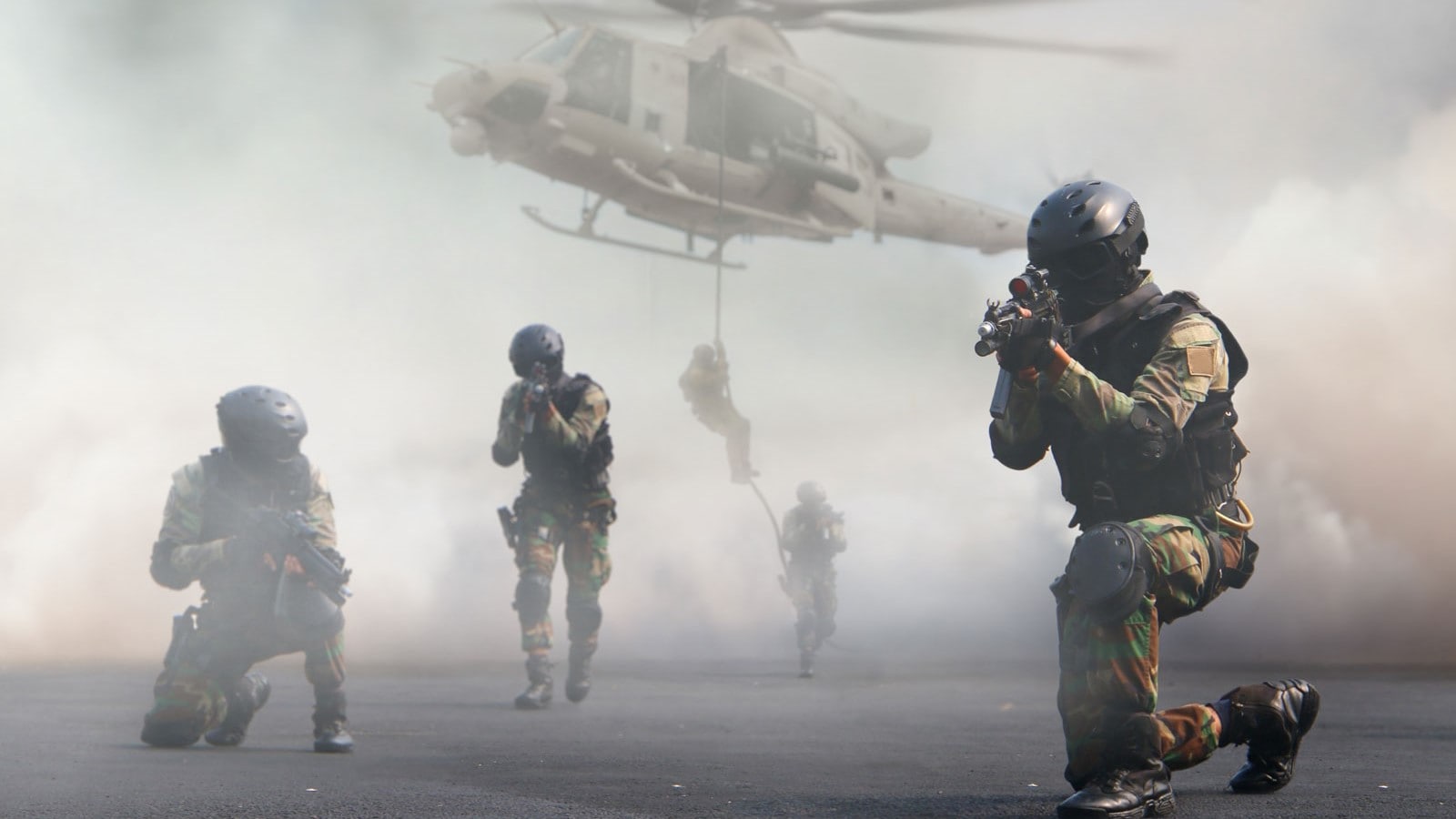ARTICLE AD BOX

Air travel is statistically one of the safest forms of transportation, but that hasn’t stopped anxious flyers from wondering: is there a seat on the plane that’s safer than the rest? With recent images of emergency landings and rare crash incidents going viral, questions around seat safety have resurfaced.
While airline accidents are extremely rare—with a 1 in 13.7 million chance of dying in commercial air travel—researchers and aviation experts suggest that your seat choice can affect your chances of survival in certain crash scenarios. Here’s what they say about the safest spot in the sky.
The back of the plane may offer the safest seat
A 2015 Time magazine analysis of FAA data revealed that passengers in the rear third of the aircraft had the lowest fatality rate in crashes.
In low-energy impacts, such as a landing gone wrong, the front of the plane may absorb the brunt of the crash force. This makes rear seats relatively safer. Aviation safety researcher Daniel Kwasi Adjekum supports this and explains that structural breakage often affects the front more severely.
Seats near the wing: Structurally reinforced
According to Cheng-Lung Wu, a professor at the University of New South Wales, seats located near the wings can be beneficial.
This section of the aircraft is built for stability and offers reinforced structural design. Moreover, wing-adjacent seats are typically closer to emergency exits, increasing your chances of escaping quickly, especially during the critical 90-second evacuation window.
The exit row advantage
Sitting in an exit row can also increase survival odds, provided you’re mentally and physically capable of assisting in an emergency. These rows offer extra legroom and the fastest path to the exits.
However, they come with responsibilities, as you must be able to help others evacuate, stay calm, and act quickly during an emergency.
Window vs. aisle vs. middle
While there is less data on this aspect, some experts suggest middle seats may offer slightly more protection during impact because surrounding passengers can cushion the force. Aisle seats make it easier to evacuate quickly but may expose passengers to more physical disruption during turbulence or a crash.
Window seats could slow evacuation, especially in the presence of smoke or fire.
Fuel tanks and fire risk
Seats near the wing are above fuel tanks, which could pose a fire risk in certain crashes. Although fuel is usually dumped before emergency landings, any remaining fuel can ignite or emit smoke. In these situations, quick evacuation is critical. Passengers should leave luggage behind, stay alert, and move to the exits immediately.
The most important factor: Situational awareness
Regardless of where you sit, being alert and informed significantly boosts your chances of survival. Listen to safety briefings, read the emergency card, and count the rows between your seat and the nearest exit. In low visibility situations, that small preparation step can save your life.



.png)
.png)
.png)
















 3 hours ago
6
3 hours ago
6









 English (US) ·
English (US) ·